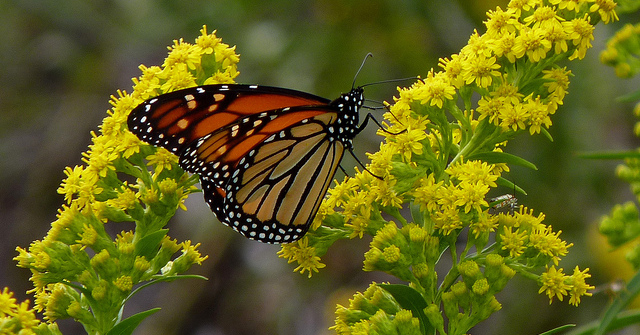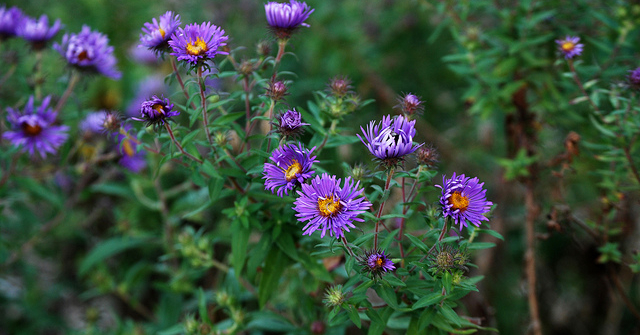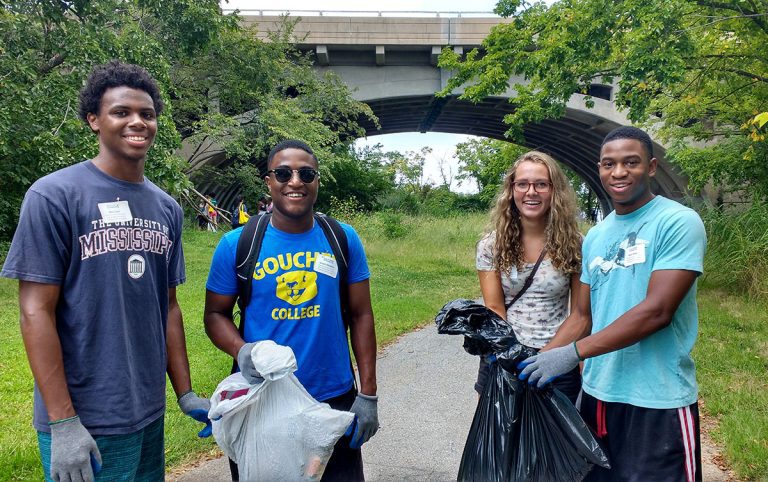Five Salt-Tolerant Native Plants for Rain Gardens
Rain gardens are often the best solution for reducing the amount of polluted runoff your property generates. They capture the stormwater before it leaves your land, allowing it to soak gently back into the earth.
This process helps the water cycle, reducing stream flooding during storms and recharging ground water, and also traps pollutants so they don’t enter our waterways.
If your rain garden is supplied with water from a sidewalk or parking lot, one of the pollutants is likely to trap is salt.
During icy conditions in winter, pavement and asphalt are treated with ice removal chemicals that typically include salts like sodium chloride or magnesium chloride.
Rain gardens which treat polluted runoff that contains salt should be designed with salt-tolerant native plants.
Thankfully, many of Baltimore’s native species are quite salt tolerant especially ones that evolved in Maryland’s coastal plain province.
From the many beautiful salt-tolerant native perennials, here are five of our favorites. These are not only attractive but especially useful to pollinators and other insects.

Seaside goldenrod is one of the most salt-tolerant native plants we have. It grows well in sandy, poor soils and the fall bloom coincides perfectly with the southward migration of Monarch butterflies for whom it is an important source of nectar. Goldenrods are also host plant for more than 100 species of butterfly and moth caterpillars.

New York aster also blooms in fall, providing a rich purple color to the Autumn garden. This aster is extremely important to our native pollinators, including bees. These can be pruned, too, if you prefer an ecologically valuable alternative to the near-useless but more common mums.

Blue flag iris is a fabulous addition to any rain garden. It grows 2 to 3 feet tall with blue and purple flowers in late Spring and early Summer. Large pollinators, like our threatened native bumblebees, are attracted to the blooms. And blue flag iris is one of the best native plants for trapping pollutants.

Pink milkweed, sometimes called swamp milkweed, is one of the most effective host plants for Monarch butterfly caterpillars. But it also offers gorgeous pink and purple blooms in summer when few other plants are blooming. The flowers are the perfect size for bees, like mason bees and honey bees, and the plant does well in many types of soil including those that are commonly wet and those that are drought-prone.

Switchgrasss is one of Baltimore’s most versatile native grasses. It works well in dry meadows, but also performs admirably in rain gardens. It has a very deep root system, which facilitates the infiltration of runoff, and has very high wildlife value. Switchgrass was also the plant of choice for pupating Monarch caterpillars at Herring Run Nursery this year.
These five salt-tolerant native plants can form the backbone of a beautiful and functional rain garden.
Blue Water Baltimore grows these and many others at Herring Run Nursery, which will re-open for retail shopping in April.


